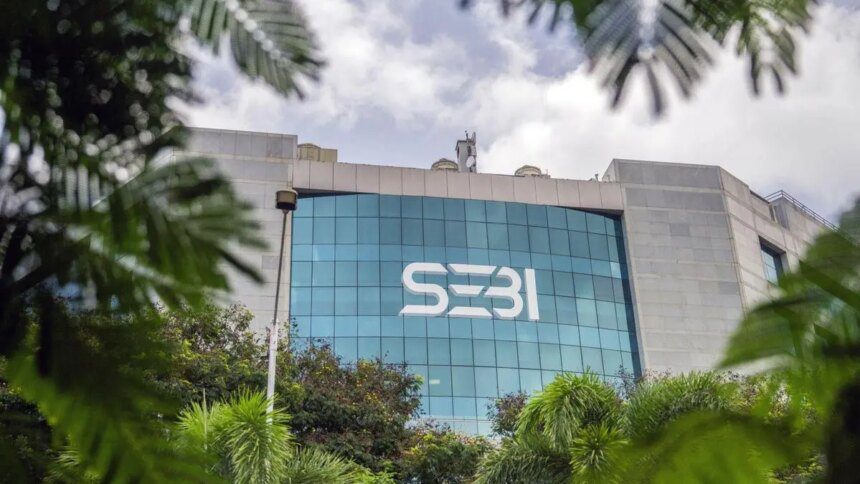The new eligibility framework for derivatives on non-benchmark indices introduced by the Securities and Exchange Board of India (SEBI) is poised to transform the Nifty Bank index, which has been mainly influenced by large private banks. This development aims to enhance sector representation, mitigate concentration risks, and realign passive fund flows, although it may introduce short-term liquidity challenges.
The newly established rules, released last week, impose stricter eligibility criteria for indices on which derivative contracts can be introduced. SEBI requires such indices to comprise a minimum of 14 stocks, with the largest stock’s weight limited to 20% and the combined weight of the top three stocks capped at 45%.
This initiative seeks to diversify the derivatives market and alleviate the concentration risks associated with popular sectoral indices, such as the Bank Nifty.
In light of the new standards, the Bank Nifty currently does not comply with the stipulated limits. Exchanges are scheduled to rebalance the index in four phases by March 2026 in order to meet the new requirements and prevent a sudden market shock.
Market participants anticipate some immediate effects. According to Feroze Azeez, Joint CEO of Anand Rathi Wealth, “Liquidity in derivatives on non-benchmark indices could tighten initially as market-makers adjust to new weights and hedging costs.” He noted that the gradual reduction of large banks’ weights might result in temporary price distortions and wider spreads.
The updated framework will also impact exchange-traded funds (ETFs) and index-tracking mutual funds. Fund managers will need to rebalance portfolios in response to the changing index composition, which could temporarily elevate tracking errors and execution costs. Ajay Garg, CEO of SMC Global Securities, emphasized that given the significant role of Bank Nifty in many passive funds and ETFs, managers will need to carefully evaluate which stocks are likely to be included under the new eligibility norms and assess how these changes could reshape the overall risk-return profile.
Vipul Bhowar, Head of Equities at Waterfield Advisors, suggested that trading volumes might decline in the short term as market participants adjust to the new regulations. “In the long term, the changes will make indices more transparent and representative, potentially attracting broader participation,” he stated.
Overall, this move is viewed as a step toward creating a more balanced and resilient derivatives market in India. While short-term volatility and rebalancing flows are expected, analysts believe that the initiative will ultimately result in a healthier market structure with decreased reliance on a handful of dominant stocks.
Published on November 3, 2025.










